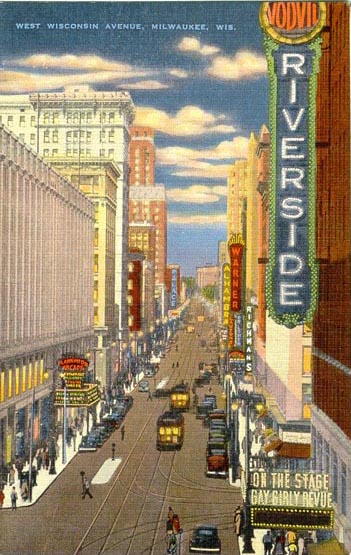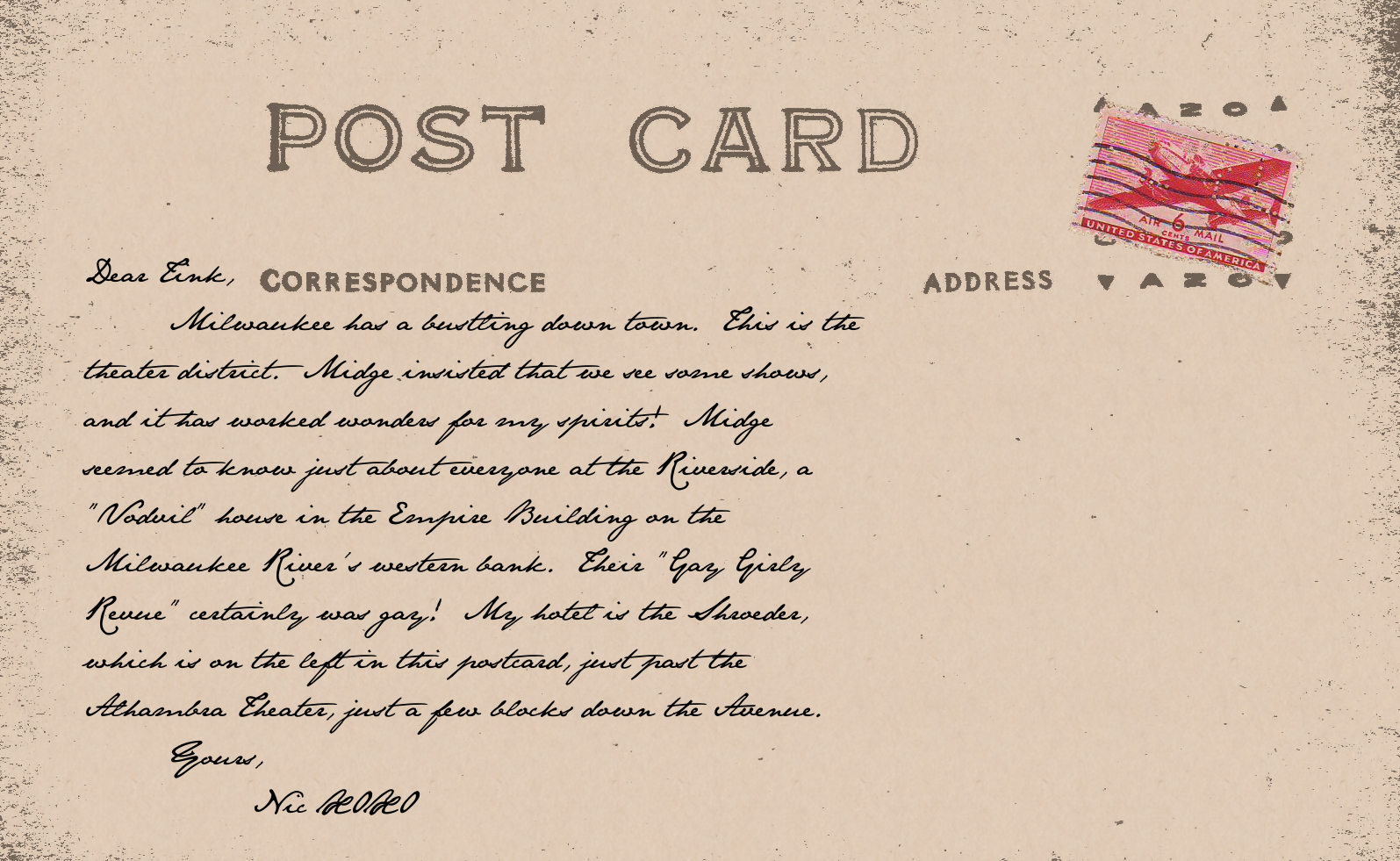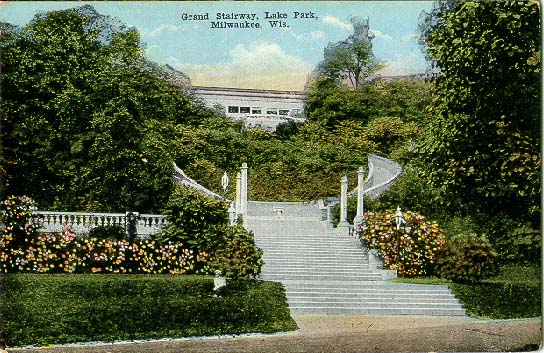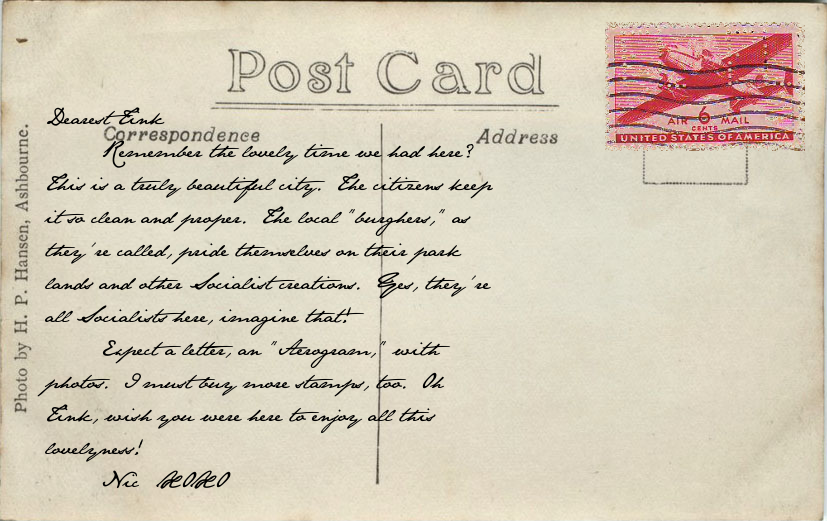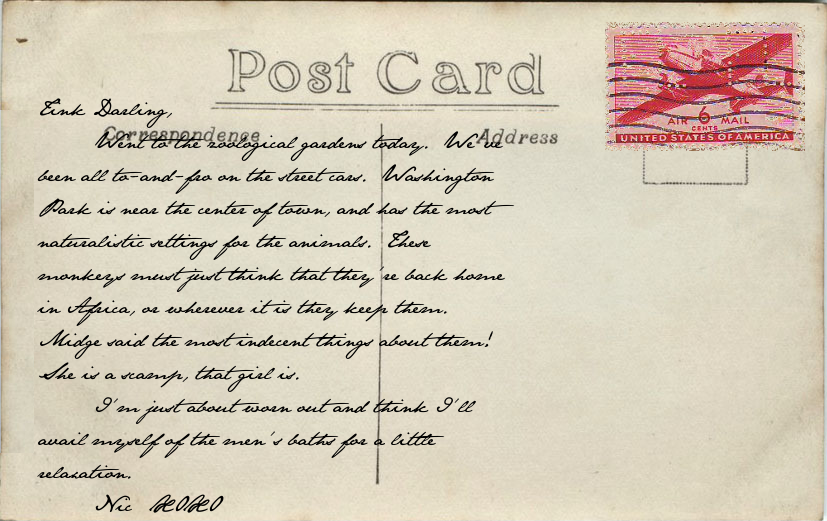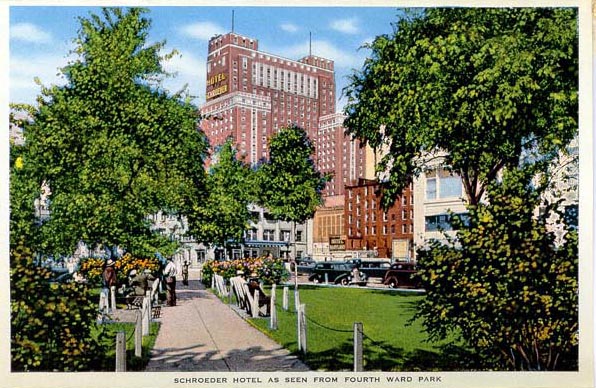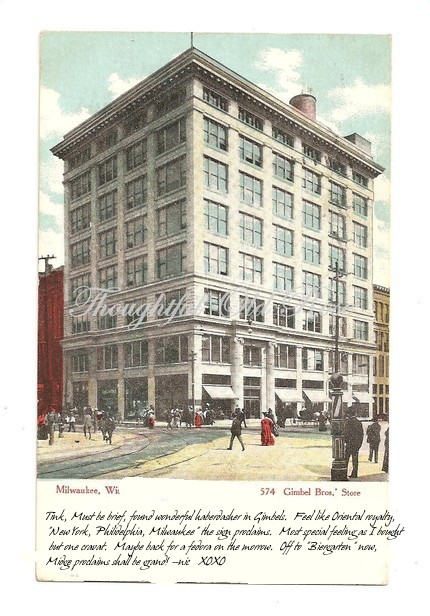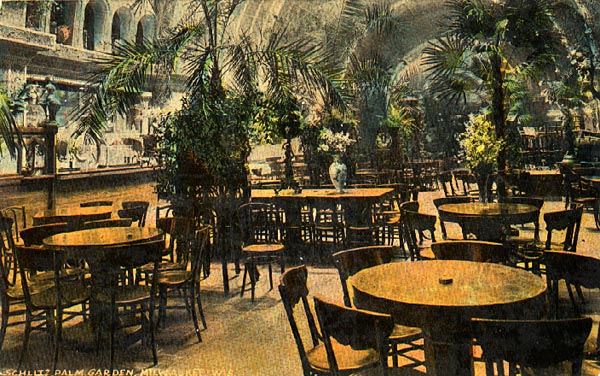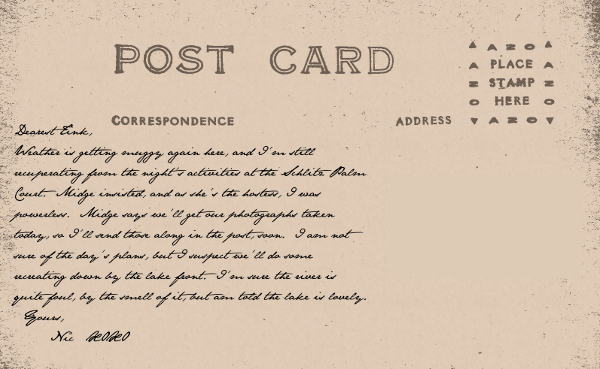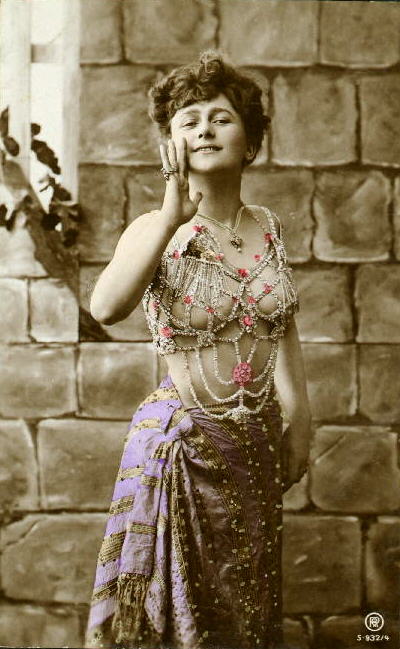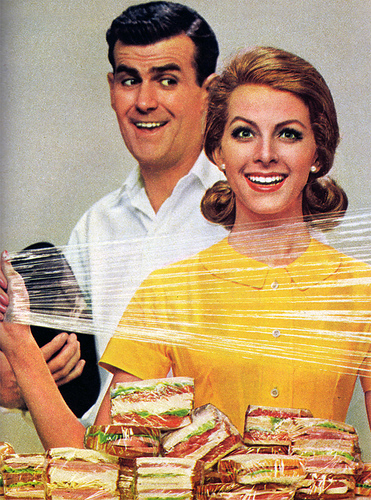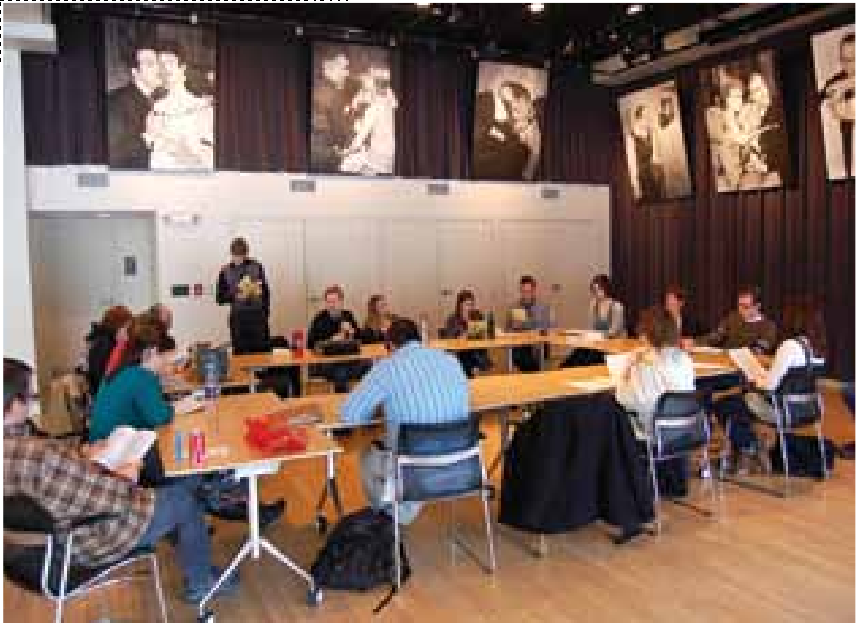Last night took Pawn to the Vineyard Theatre for The Scottsboro Boys, the latest John Kander & Fred Ebb (Chicago, Cabaret, Zorba) musical, a collaboration between that famous music & lyrics team with David Thompson’s (Steel Pier, Chicago) book and Susan Stroman’s (The Producers, Contact, Young Frankenstein) direction and choreography. This is a full blown Broadway musical in a 125 seat Off-Broadway house, so the dance numbers are a little smaller and tighter, the orchestra is more of a band and the set is more of a suggestion than a imperative. This is all good – it is very, very good.
Fred Ebb has passed away, but Scottsboro Boys is one of several projects he and Kander completed to some degree. With Thompson’s script this show has been brought successfully to the stage fully formed. This is no workshop piece, it is a proper show, and one fully expects that it will see it’s way to Broadway at some point, as many other Vineyard productions have done (such as [title of show], the last show Pawn saw here).
Scottsboro Boys is a show within a show. We start with a woman sitting at a bus stop, and then suddenly a squadron of singing, dancing minstrels enter through the audience, sweeping her up in their song and quickly arranging the sole set decoration – a dozen chairs – into various configurations. Then enters John Cullum (Northern Exposure, Mad Men) as Interlocutor. [In this age of gratuitous applause, he of course receives a raucous welcome from the audience. Pawn finds this new tendency of New York audiences to applaud the performers for simply showing up to be most annoying, and hopes it is short lived.] Cullum’s character is a Southern grandee, imagine Colonel Sanders, who leads this merry minstrel band. He introduces us to the Scottsboro Boys, a minstrel act, and as the show within the show starts, the performers ask if this time they can tell the truth in their performance. He agrees, and we’re off.
The Scottsboro Boys are 9 black men, ranging from 13 to mid-twenties in age, who are riding a freight train from Chattanooga, Tennessee through Alabama when it is stopped by rail inspectors. A pair of white hookers are working the train, and when caught they claim to have been Shanghaied and raped by these 9 men. Of course this being the deep south in the 1930s, the men are soon on death row for this fabricated offense. The musical tells their whole story, in all its regrettable twists and turns, with all the characters, other than Interlocutor, played by black men. The whores, for example, are played by two of the nine suspects, the various guards, attorneys and police are played by two other black men. This turns out to be an incredibly effective device.
I won’t go into all of the details of the show, except to say that Kander & Ebb, as is their wont, do not shy away in the least from the delicate subject matter. We witness the invasion of Northern meddlers, in the person of a carpetbag carrying Jewish attorney from New York, funded by the Communist Party, who is held up by the Alabama Attorney General as proof that these “boys†must be guilty and should be used as an example to those meddling Yids and Yanks to keep their (hooked) noses out of Southern business.
The production is fantastic, the songs are sharp and tight, and unmistakably Kander and Ebb. Fans of Chicago, for example, will hear strains of Mister Cellophane in this show’s Nothin’. The set, by Beowulf Boritt, with it’s ingenious interlocking chairs which form so many clever arrangements, is otherwise more of a suggestion of what might be realized once the show makes it to Broadway. Kevin Adams’ lighting thus ends up pulling more weight, which it does wonderfully. Toni-Leslie James’ costumes are absolutely stunning, and serve to punch-up a show which may otherwise strain under the constraints of the smaller venue.
As for Stroman, she has shown a deft hand with this difficult material. It is hard to guide this magnificent ensemble of actors through the roller coaster storyline, keeping their emotions at just the right level at all times while still keeping their motivation believable and the entire piece moving along. The cast is outstanding, with special kudos to Brandon Victor Dixon as Haywood Patterson and especially to Derrick Cobey as Andy Wright, whose emotional confrontation with a recalcitrant and manipulative Forrest McClendon as Atty. Samuel Leibowitz (one of many roles-within-a-role he takes on as Mr. Tambo) has the audience gripped and silent near the end of the show.
Scottsboro Boys closes tomorrow, but I am sure that we will see it reappear in a larger venue soon.
This afternoon took Pawn and X to the final matinée of Love Is My Sin at Theatre For A New Audience at the Duke Theater. Theatre For A New Audience seems to have failed its name in this case, as this collection of 31 of Shakespeare’s sonnets are over 400 years old; the performers, Natasha Parry and Michael Pennington are well past 60 and the audience? Let’s just say the average age of the audience is recently deceased. It is worth noting that even though the company offers a $25 ticket for anyone 30 and younger, it would appear from today’s crowd that only one or two such tickets were used.
Love Is My Sin is a recital more than a performance, with Parry and Pennington taking turns (mostly) reading or reciting the sonnets. The collection, edited by Parry’s husband of 60 years, Peter Brook, is lovely. He has grouped it into 4 sections: Devouring Time, Separation, Jealousy and Time Defied. This is a great way to bring the sonnets to the attention of a wider audience and make them accessible. Truly, this could have been theatre for a new audience. Alas, it was not today.
My only negative notes on this able performance, with music by Frank Krawczyk, is that the sound sucked. That these able actors were miked at all is more a testament to the age of their audience (many wearing audio assist headphones) than any need to fill a cavernous space (the Duke is only a bit over 200 seats). Parry’s mike was distorting for the last half of the 50 minute show, and the whole system teetered on the edge of feedback, with a faint ringing around every sibilance. This put a fatiguing finish on an otherwise delightful time.
Tonight, to cap of this trio of reviews, was Michael Moschen at NYU’s Skirball Center, a part of their Big Red Chair family series. Moschen (a MacArthur Genius grantee) is a juggler who has developed witty and beautiful extensions to the art, which find him sometimes simply playing with geometrical shapes in ways which make for great visuals, but are not strictly juggling. That’s fine with us! Coupled with careful and effective lighting the result is truly beautiful stage images, and not a little fun. Moschen talks to the audience at times, explaining how he does what he does, or why he does it one way or another. He shares some interesting observations with us. And then other times he is silent, and just gives us the stunning scenes, with his props and tools.
It was a fairly short show, weighing in at a little over an hour, and yet again, no intermission. In an interesting twist, not a single show I’ve seen on this trip has had one.
Tomorrow we will venture to Brooklyn Academy of Music for Alan Rickman’s production of Strindberg’s The Creditors. No intermission there either, in a piece Rickman described to the Times as “Three people being pulled backwards through a hedge for ninety minutes.†Yippie!

